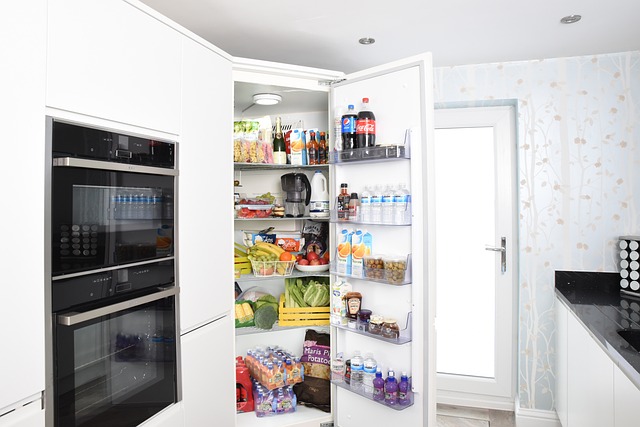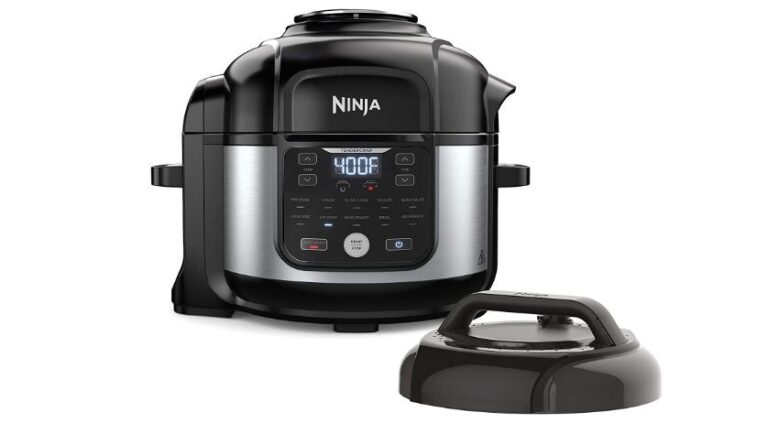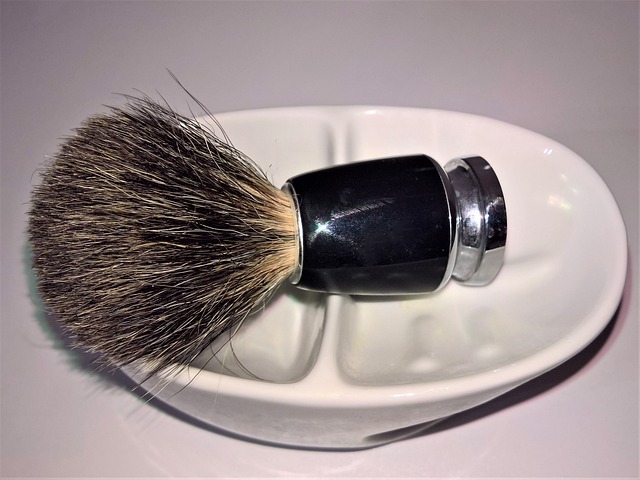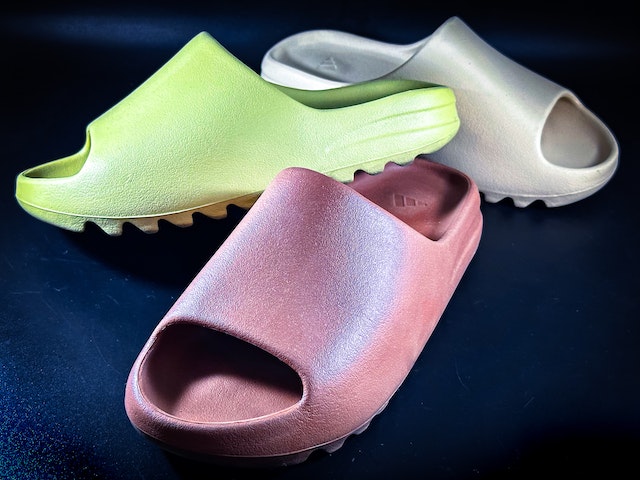How To Clean Refrigerator?
The refrigerator serves as the central point of the kitchen. Because you cram a lot of things into the machine, it has to put up with a lot of abuse. You forget about leftovers. You wait until the spills have solidified before cleaning them up. On the other hand, you whine whenever there is even the faintest trace of an offensive odor. Invest one hour in a methodical step-by-step cleaning of the interior of the refrigerator in order to restore its luster, freshness, and lack of odor.
In the event that the sanitation of your home appliance requires an additional step, you can disinfect the interior of your refrigerator by adding one tablespoon of liquid bleach to one gallon of water and then wiping it off. Remember to take out the shelves and clean the nooks and crannies on the inside of the doors and drawers regardless of whether you are using a regular cleaning product or sterilizing your refrigerator. Find out how to give your appliance a complete overhaul by learning how to give it a thorough cleaning below.
Deep Cleaning : How to Clean a Refrigerator?
Tools and Supplies:
- Microfiber cloths
- Lysol Kitchen Pro antibacterial cleaner
- Chill Bill refrigerator deodorizer
- Scrub Daddy sponges
- Weiman stainless steel cleaner
Step 1: Empty the fridge
- Take everything out of the refrigerator and put it on the counter or in an ice chest if you need to keep it colder for longer.
Step 2: Clean shelves and drawers
- Take out all of the drawers, racks, and shelves, and then wash them in the sink using some warm soapy water. Always exercise caution while working with glass shelves, and wait until they have cooled to normal temperature before cleaning them. If there are any trays or drawers left, you should clean them with a microfiber cloth and some soapy water. Make use of a Scrub Daddy sponge whenever you need to clean up a sticky or greasy mess.
Step 3: Sanitize
- After they have been cleaned and dried, the trays and drawers can be placed back in the refrigerator. Spray the inside of the refrigerator, including the walls, with a disinfectant solution all the way to the ceiling. After letting it sit for a quarter of a minute, wipe it clean.
Step 4: Clean the gasket
- Apply a solution consisting of one quart of warm water, one tablespoon of baking soda, and then wipe the rubber door seal (gasket) with the solution. Perform a thorough cleaning by rinsing and drying with a fresh towel. Baking soda helps clean the gasket and eliminates any scents that may have been there.
Step 5: Put the food back
- Put the food back in the refrigerator, but throw away anything that has passed its expiration date. Before placing bottles and jars back in the refrigerator, make sure to wipe them down to eliminate any residue. When it comes to organization, you might want to think about using glass storage containers and bags that can be reused. Install a refrigerator deodorizer such as Chill Bill to eliminate any unpleasant odors that may be present.
Step 6: Clean the exterior
- To clean the exterior of the refrigerator, we recommend using a microfiber cleaning cloth and warm soapy water. To bring out the luster of stainless steel surfaces, polish them with a stainless steel cleanser such as Weiman. Utilize a cloth made of microfibre to dry the exterior.
If you follow these instructions, you will be able to maintain a clean and odor-free refrigerator that is also well-organized.
How Often Should You Clean Your Refrigerator?
Maintenance is required to retain the cleanliness of the refrigerator, just like it is for anything else in your home. We strongly suggest that you stay on top of your daily, weekly, and occasional responsibilities.
- Daily: Every day, make sure to clean up any splashes or spills that may have occurred. As soon as they occur, wipe them off with a moist cloth or sponge; otherwise, you will be left with a sticky residue that will only become more difficult to remove the longer it is allowed to sit.
- Every few days: Especially if you have children, you should clean the exterior of your refrigerator. Remove any fingerprints and other smudges, paying particular care to the door knobs (we will discuss this topic in further detail later).
- Weekly: Every week, clean the trays and drawers. Before going grocery shopping each week, it is a good idea to make it a routine to clear out any perishable items that have expired and clean the interior of your refrigerator.
- Occasionally: You should try to remember to clean the floor behind your refrigerator at least once every couple of months. Get some assistance in removing the refrigerator from its position against the wall. Before replacing the refrigerator, you should give the area a thorough sweeping and mopping.
How to Clean Refrigerator Shelves and Drawers
To clean refrigerator shelves and drawers, follow these steps:
Remove the shelves and drawers:
- Remove all of the shelves, wire racks, and drawers that are detachable from your refrigerator. These components are often made to be easily removed by either lifting them up or sliding them out.
Hand-wash in hot, soapy water:
- Put some dishwashing liquid in a sink or basin that has hot water, and then fill it up with the water. Put the racks and drawers to soak in the soapy water for a few moments before removing them from the solution. Scrub lightly with a gentle sponge or cloth to remove any debris, stains, or food residue that may be present. Pay particular attention to any food spills that are difficult to clean up.
Handle glass components with care:
- Before washing any glass shelves or drawers in hot water, you should let them warm up to room temperature first. If you have glass shelves or drawers. This reduces the likelihood of the glass being subjected to a heat shock, which could cause it to crack or break. Use a sponge or a cloth to clean the glass surfaces in a gentle manner.
Soften stubborn spills:
- It is recommended to use a warm, moist towel to cover tough food spills and then wait a few minutes before attempting to remove the cloth. Warmth and moisture will aid to soften the spills, which will then make it much simpler to clean them up. After that, scrub the loosened spills away with a gentle scrubbing motion using a nonabrasive sponge or scrubber.
Clean wire racks thoroughly:
- It is important to pay particular attention to the underside of wire racks because this area has a propensity to collect trash and filth. When cleaning the wire racks, use a sponge or scrubber to get rid of any residue or debris that may have accumulated.
Rinse and dry:
- After you have finished cleaning all of the compartments and shelves, give them a thorough rinsing with fresh water to remove any trace of soap. Before you put them back in the refrigerator, you should either dry them well by wiping them off with a clean towel or let them air dry entirely first.
Clean the interior of the refrigerator:
- Take advantage of the fact that the shelves and drawers of the refrigerator are removed in order to clean the interior of the appliance. Use a gentle cleaning solution designed specifically for refrigerators to clean the walls, shelves, and other surfaces in the refrigerator. Make careful to clean up any spills or stains in order to maintain the cleanliness and freshness of your refrigerator.
You can keep the inside of your refrigerator clean and well-organized if you give its shelves and drawers a thorough cleaning on a regular basis.
How to Clean the Fridge Interior
To clean the interior of your fridge, follow these steps:
Prepare a baking soda solution:
- To make a cleaning solution, combine one part baking soda and seven parts water in a dish or other container and mix well. Baking soda is a natural cleaner that helps remove odors and stains without leaving behind a strong odor of its own, making it an ideal option for cleaning.
Remove food items:
- Before beginning the cleaning process, take anything edible out of the refrigerator. While you are cleaning, put them somewhere cool, such a cooler or temporary storage, so that they stay fresh.
Start from the top:
- You should start cleaning the refrigerator from the top and work your way down to the bottom. This manner, any drips or dirt that may fall won’t land on surfaces that have previously been cleansed.
Use a cloth or sponge:
- After soaking a towel or sponge in the baking soda solution, squeeze away any extra liquid using the soaked material. Clean the inside of the refrigerator, including the walls, shelves, and any other surfaces you find. Pay close attention to any messes, stains, or sticky residue, and ensure that the sides of all drawers and compartments are also thoroughly cleaned.
Clean hard-to-reach areas:
- Use a toothbrush that is designed specifically for cleaning or toothpicks to reach into cracks and crevices in areas that are difficult to access, such as hinges and hardware. These tools can assist you in removing dirt and grime from areas that may not be easily accessible using a cloth alone.
Wipe dry:
- When you’re through cleaning, use a fresh towel or cloth to dry off all of the surfaces and get rid of any moisture that’s still there. Before you put the food products back inside the refrigerator, check to see that the interior of the refrigerator is totally dry.
Check expiration dates:
- Checking the dates on your food products while you are cleaning gives you a convenient opportunity to do so. To keep the refrigerator tidy and well-organized, throw away any food that has gone bad or passed its expiration date.
How to Remove Fridge Odors
Steps to remove fridge odors:
Rinse and dry all surfaces
- To get started, give all of the surfaces of your refrigerator a quick rinse and then dry them off. This will assist with removing any residual food particles or spills that may be the source of the unpleasant odor.
Deodorize with baking soda
- Put dry baking soda in an open container, fill the container up, and place the container on the lowest level of your refrigerator. Baking soda has the ability to effectively absorb scents, and using it can help get rid of any unpleasant odors in the future. Remember to store the baking soda bottle in the refrigerator even after you have refilled it so that the smell stays as crisp as possible.
Put everything back and organize
- After your refrigerator has been thoroughly cleaned and sanitized, you may next replace all of the things within. In addition to this, this is an excellent chance to clean out and organize your refrigerator. Throw away any food that has gone bad or has passed its expiration date, collect products that are similar, and take into consideration purchasing some storage bins or containers to help you stay organized.
If you follow these instructions, you will be able to deodorize your refrigerator and keep it smelling pleasant while preserving the quality of the environment in which your food is stored.
Frequently Asked Questions – How To Clean White Refrigerator Door Handles?
What is the best natural way to clean a fridge?
How do you super clean a refrigerator?
Is it safe to clean refrigerator with vinegar?
Should I turn off refrigerator when cleaning?
It is not a good idea to clean your refrigerator with the doors open and the lights on because this can expose food to potential contamination.If the shelves in your refrigerator are fixed in place and it is necessary for you to perform a thorough cleaning, your best option is to unplug the appliance so that you do not waste electricity while you work.
What temperature should a refrigerator be?
The ideal temperature range for a refrigerator is between 35 and 38 degrees Fahrenheit (1.7 and 3.3 degrees Celsius). Maintaining perishable goods within this temperature range helps to keep them fresh and inhibits the growth of microorganisms.
How many watts does a refrigerator use?
The amount of electricity that a refrigerator uses is influenced by a number of factors, including its size, model, and energy efficiency rating. A refrigerator will use anywhere from 100 to 250 watts of power on a daily basis. However, it is essential to check the manufacturer’s requirements or to refer to the label on the appliance in order to determine the precise wattage of the refrigerator model you have purchased.
How long do eggs last in the refrigerator?
If you want to keep your eggs fresh for as long as possible after purchasing them, you should refrigerate them for around four to five weeks after the date they were packaged. It is recommended that you retain them in their original carton and store them on a shelf rather than in the door of the refrigerator because the temperature is more stable on the shelf. This will ensure that they remain fresh for as long as possible.
What should a refrigerator temperature be?
The recommended temperature range for a refrigerator is between 35 and 38 degrees Fahrenheit (1.7 and 3.3 degrees Celsius). It is important to keep perishable goods within this temperature range in order to preserve their quality and freshness.
Who invented the refrigerator?
In the late 19th century, Thomas Alva Edison and his business partner Carl von Linde were the ones who came up with the idea for the contemporary electric refrigerator. However, there were earlier forms of refrigeration systems and procedures dating back to ancient civilizations. These techniques and technologies were used to keep foods at a constant temperature.
How cold is a refrigerator?
A normal temperature range for a refrigerator is between 35 and 38 degrees Fahrenheit (1.7 and 3.3 degrees Celsius). These temperatures serve to maintain the food’s freshness and prevent the growth of bacteria, which would otherwise spoil the food.






